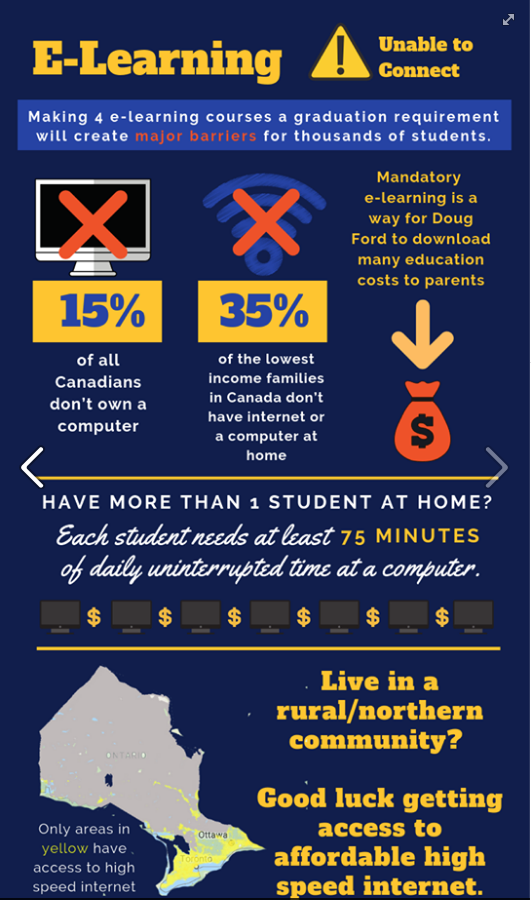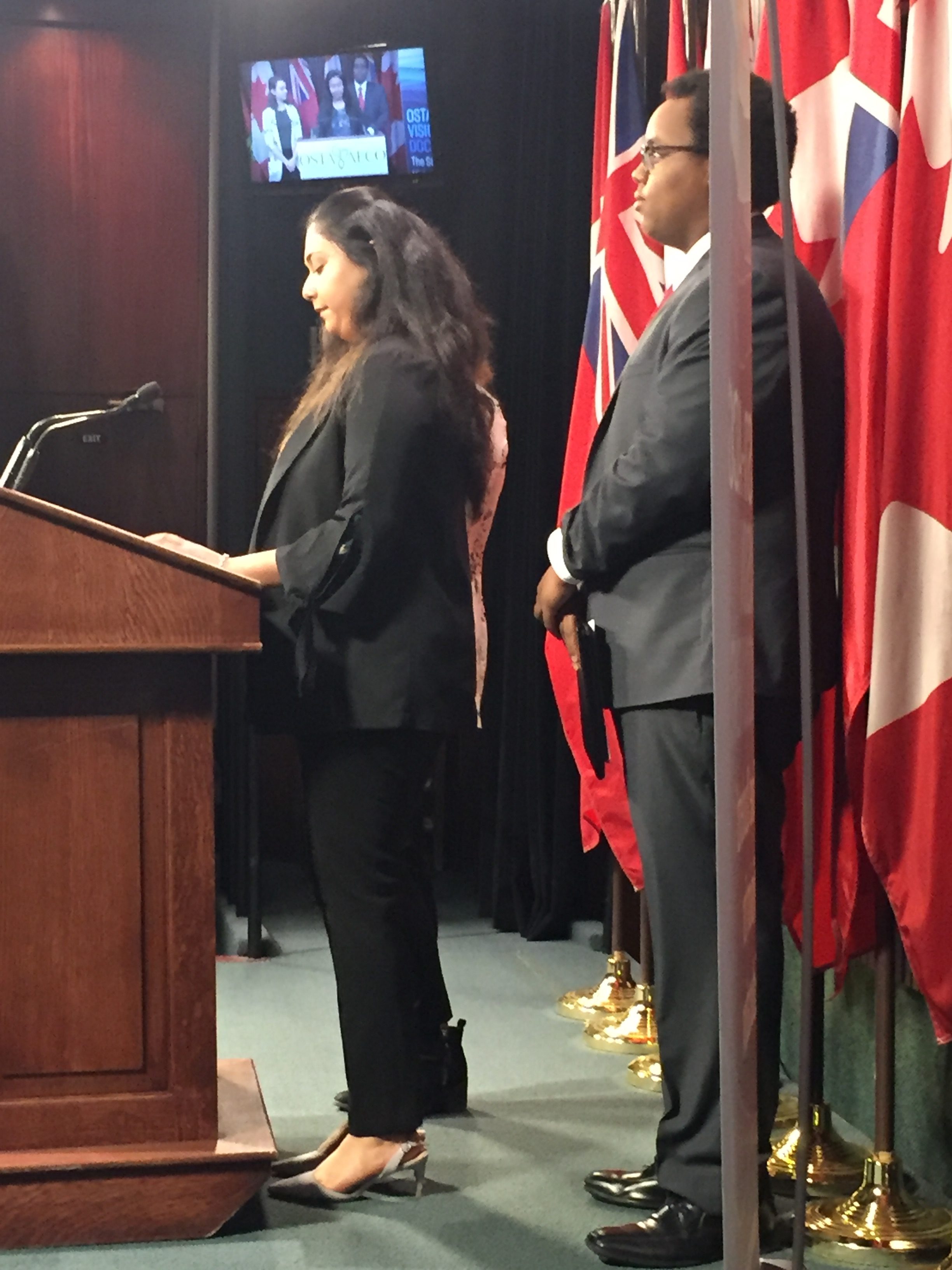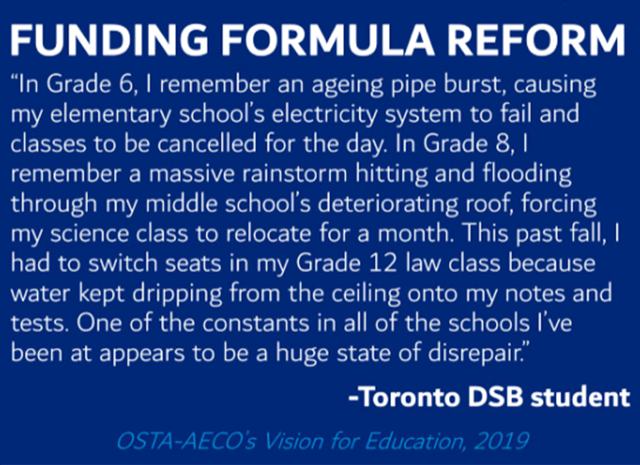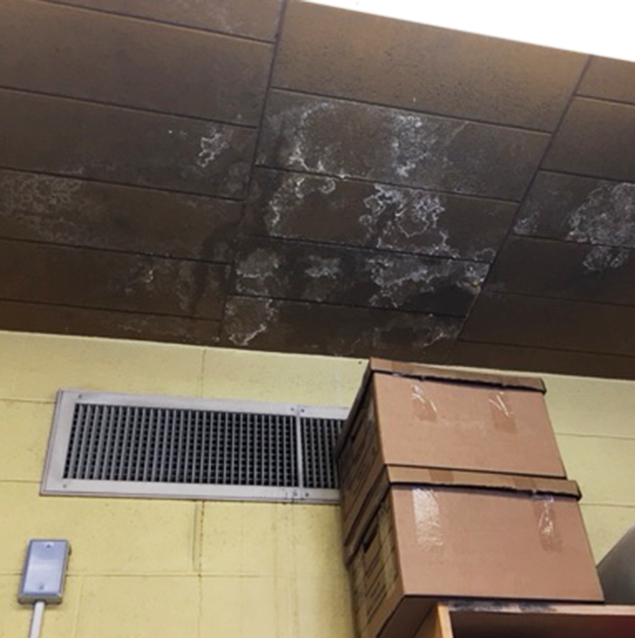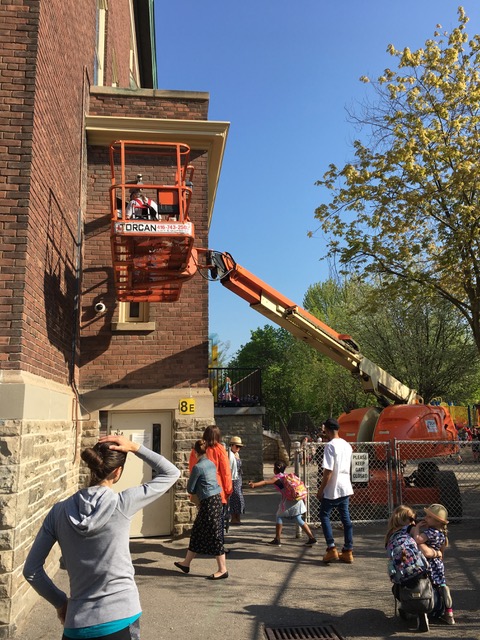On May 22, 2019, CBC published an article entitled, “London high school to become Canada’s first carbon neutral school”, which outlined plans for a $9.7-million retrofit of John Paul II Catholic Secondary School in London, Ontario. The federal government will contribute $4.8-million to the project, with the London District Catholic School Board (LDCSB) providing the remainder of the funding through installments over a 20-year period.
Hearing from @KateYoungMP at John Paul II, where the school has just announced it will become Canada’s first carbon neutral school. This means JPII will produce all of its energy needs while reducing the school’s greenhouse gas emissions to near zero on an annual basis #LdnOnt pic.twitter.com/kUNvGc0rm3
— Andrew Graham (@andrewjwgraham) May 22, 2019
About five years ago, when staff at the LDCSB were contemplating replacing old systems at the school, they figured they would be well-served to replace them with new, green technology, according to Jacquie Davison, superintendent of business for the LDCSB

This project at John Paul II will remove more than 270 tonnes of carbon each year and will include:
- Geothermal heating and cooling system that will feature 50,000 feet of drilled piping
- 2,300 solar panels that cover the roof and carports
- An energy microgrid that will include an electrical energy storage system
- 2 electric vehicle charging stations

This project in London, Ontario is, to our knowledge, the first time that our federal government has invested in public schools (outside of First Nations schools, which are a federal responsibility) as critical infrastructure.
Kashechewan elementary students deserve the same school conditions as the rest of Ontario. They need a new school! If the Federal Government doesn’t step up then Ontario needs too, and then send the bill to Ottawa! pic.twitter.com/KDYqfNRuqI
— Guy Bourgouin (@BourgouinGuy) September 10, 2018
Fix Our Schools is optimistic that this project will set an important precedent and that federal money will continue to find its way to helping improve the conditions of our nation’s school buildings. After all, while the education that takes place in Canadian schools is certainly a provincial responsibility, the school buildings are critical infrastructure, deserving of not only provincial investment but also federal investment.

